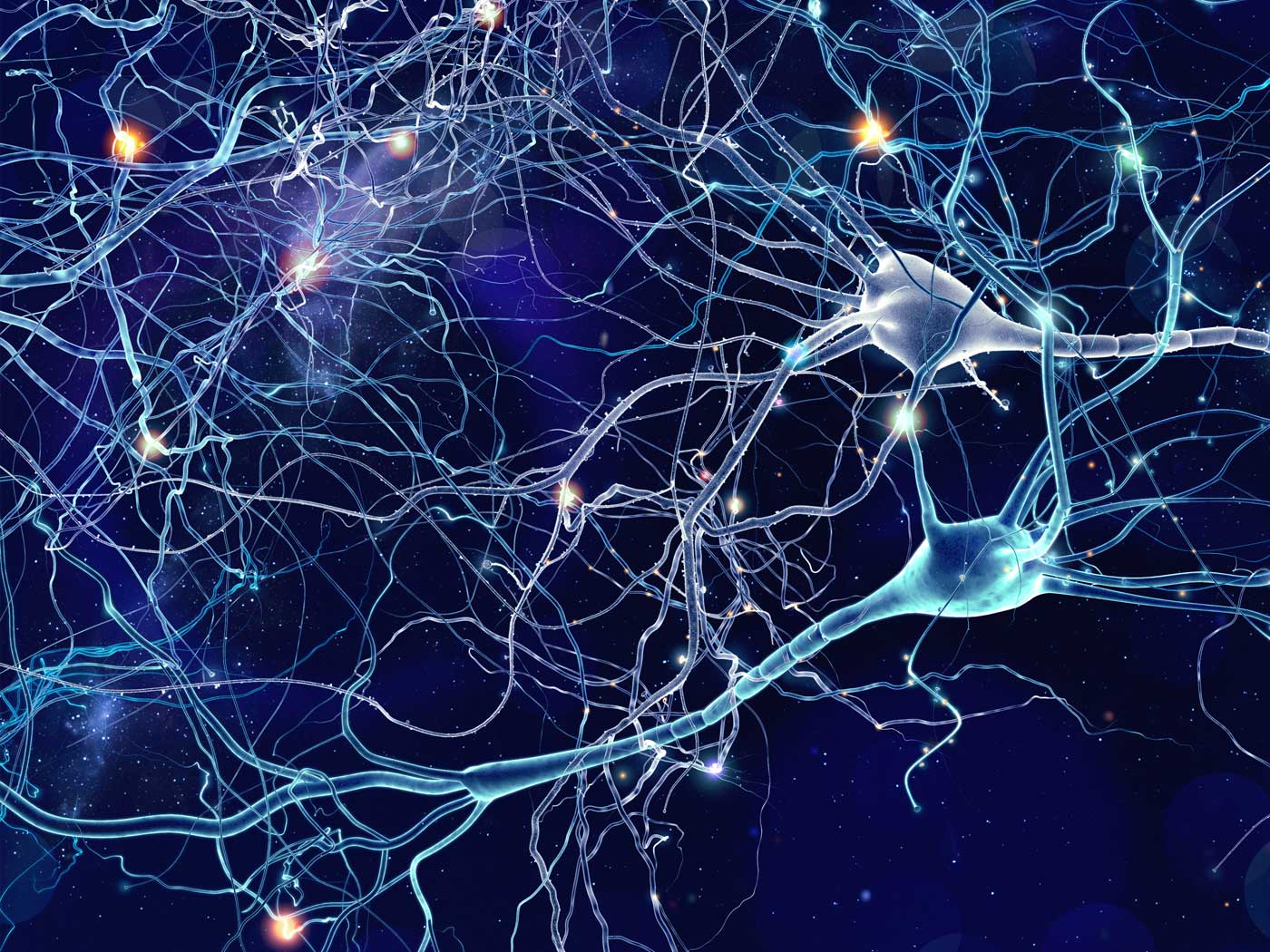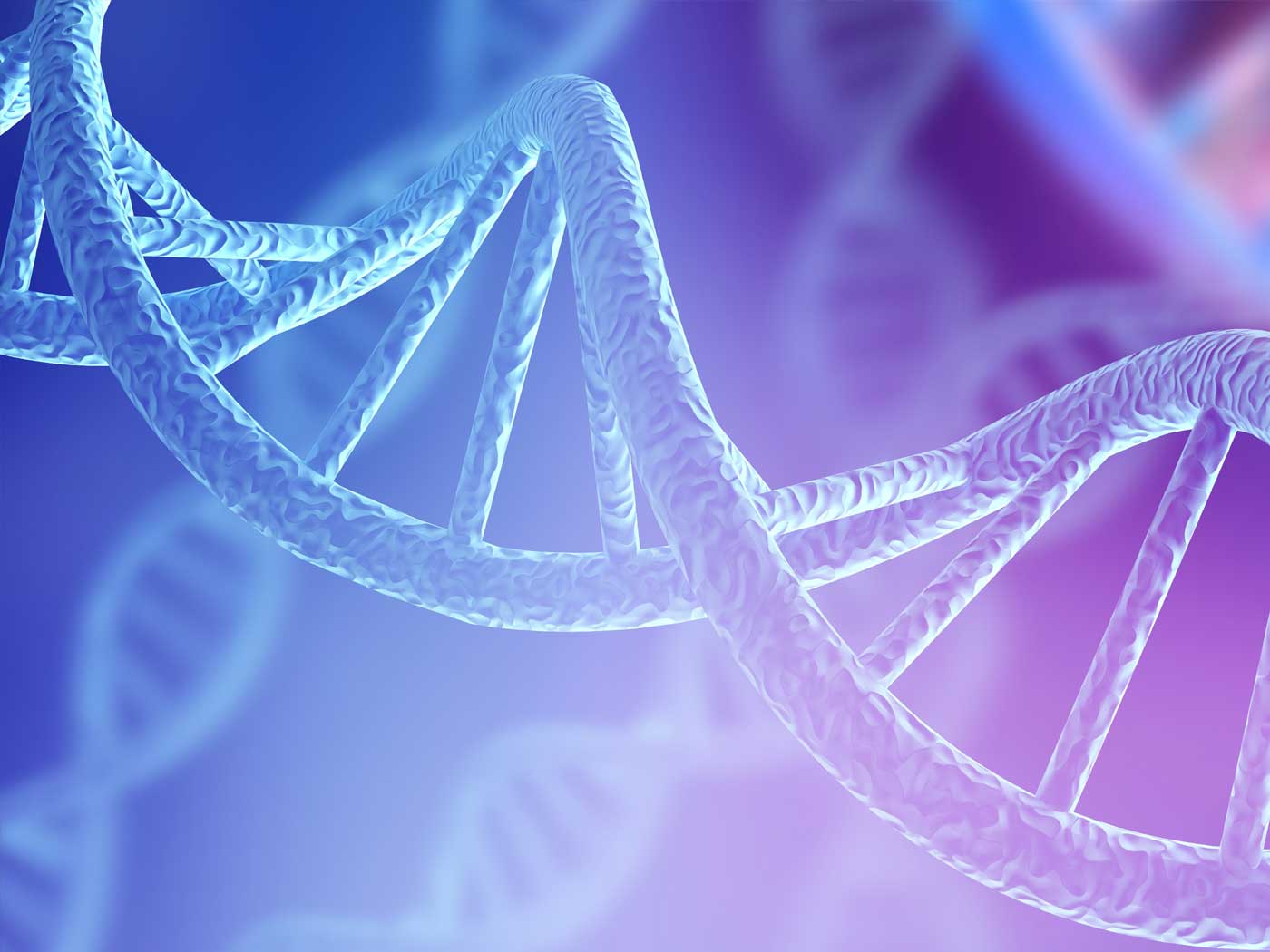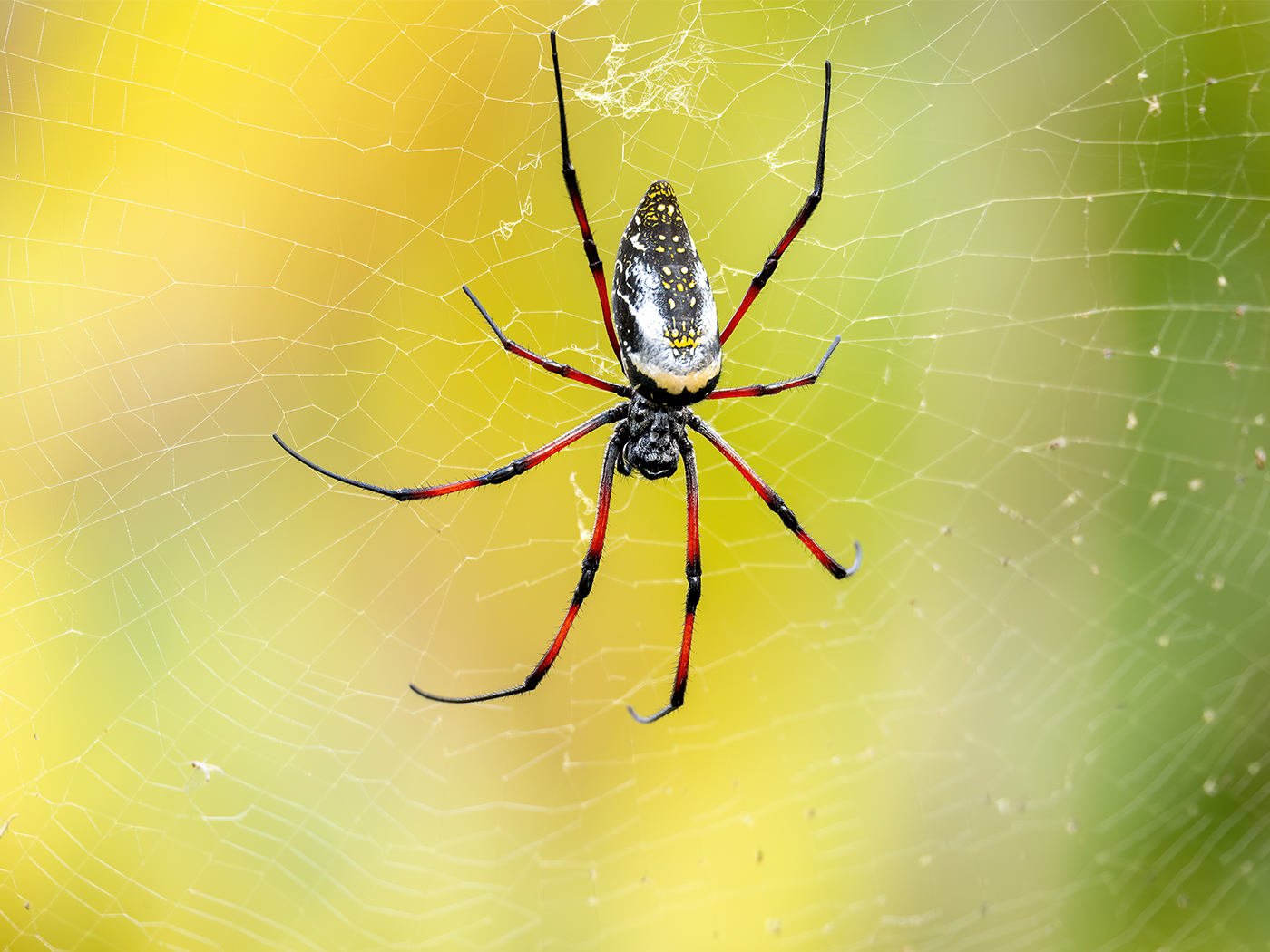A very interesting article was recently published in New Scientist magazine in honor of the bicentenary of Charles Darwin’s birth.1 Sixteen of the world’s leading evolutionary biologists were asked to identify the biggest gaps remaining in evolutionary theory. Apparently this exercise was a real test of the evolutionary faith, as only 6 out of the 16 scientists directly answered the question by giving a description of some sort of gap that needs resolution.
Of the 6 biologists who made it a point to answer the question, a number of comments highly relevant to the creation model were mentioned. Several of the scientists stressed the difficulty of explaining how life began in the first place. Despite the countless experiments conducted under highly-controlled laboratory environments using complex instrumentation, it appears that the essential biomolecules and biological structures needed for life just won’t develop “spontaneously.”
Interestingly, most biologists don’t often consider the insurmountable difficulties of the “RNA world” proposed to have started life. The general attitude among scientists not directly involved in origin of life research is that the biochemists will handle that issue, and they therefore assume all is well. And of course, macroevolution (complex life developed from simpler forms) cannot be reproduced in the lab either, a nasty little detail that is generally not considered at all. Instead, biologists will study existing genetic variation only in specific populations, like a type of squirrel or wildflower. Then they assert that the variation observed within such a gene pool is proof for evolution on a grand scale. These research projects are often also referred to as speciation studies in the biology community, which is probably more appropriate than claiming they are evolutionary studies.
This leads to the second gap mentioned by several evolutionists (2 out of 6): the unknown role that geographical isolation has played in creating new species. While the understanding of how geography affects genetic diversity is important to both creation and evolutionary scientists, the development of new major types of organisms presents a much greater problem. The primary issue is that there is no molecular genetic mechanism available to produce the quality and quantity of changes required by macroevolution. In fact, one scientist mentioned that perhaps the answer lies in studying the noncoding parts of the genome. However, it is primarily the coding parts of the genome that provide the blueprint for life (which is not to say the noncoding DNA does not play an important role in gene structure and function), particularly genes involved in organism development.
It is now known that genes themselves are quite complex in their structure and in their expression, both individually and in highly-complex overlapping networks. For macroevolution to work, new and useful coding regions are needed to create new traits for nature to select. The problem is that this is essentially impossible, as the coordinated changing of multiple genes—literally networks of genes—would have to occur simultaneously for many developmental traits to achieve a beneficial outcome. In nature, random uncoordinated genetic changes are only observed to be neutral or harmful. It does not require a statistician to see that the odds are stacked against the idea that gene networks, and the creatures that depend on them, were invented by mutations.
Certainly, it is better to trust in what is known: that life was created by God. His Word plainly states this, and science clearly supports it.
Reference
- Evolution: The next 200 years. 2009. New Scientist. 201 (2693) : 41–43.
* Dr. Tomkins is Research Associate.
Article posted on March 12, 2009.























